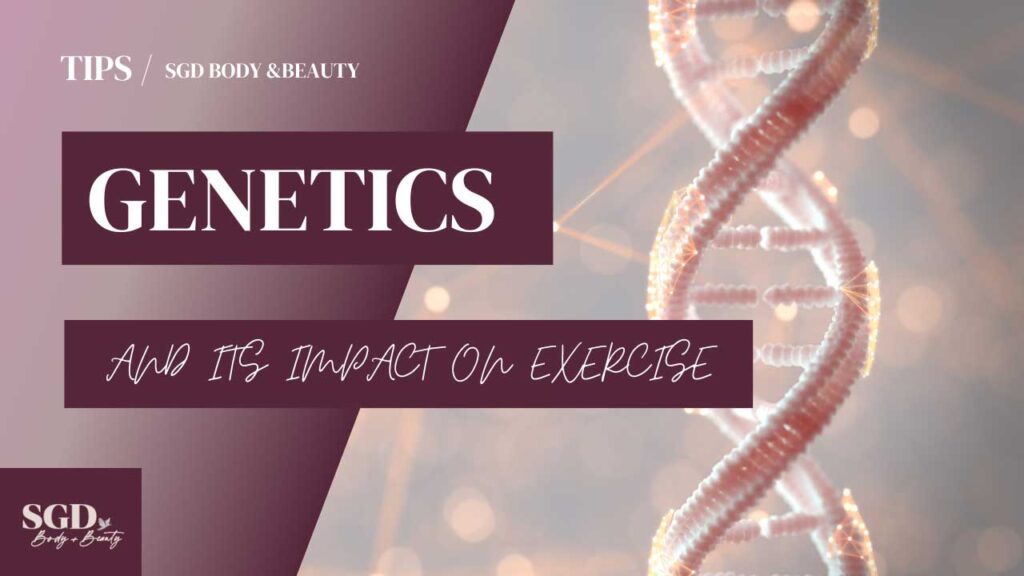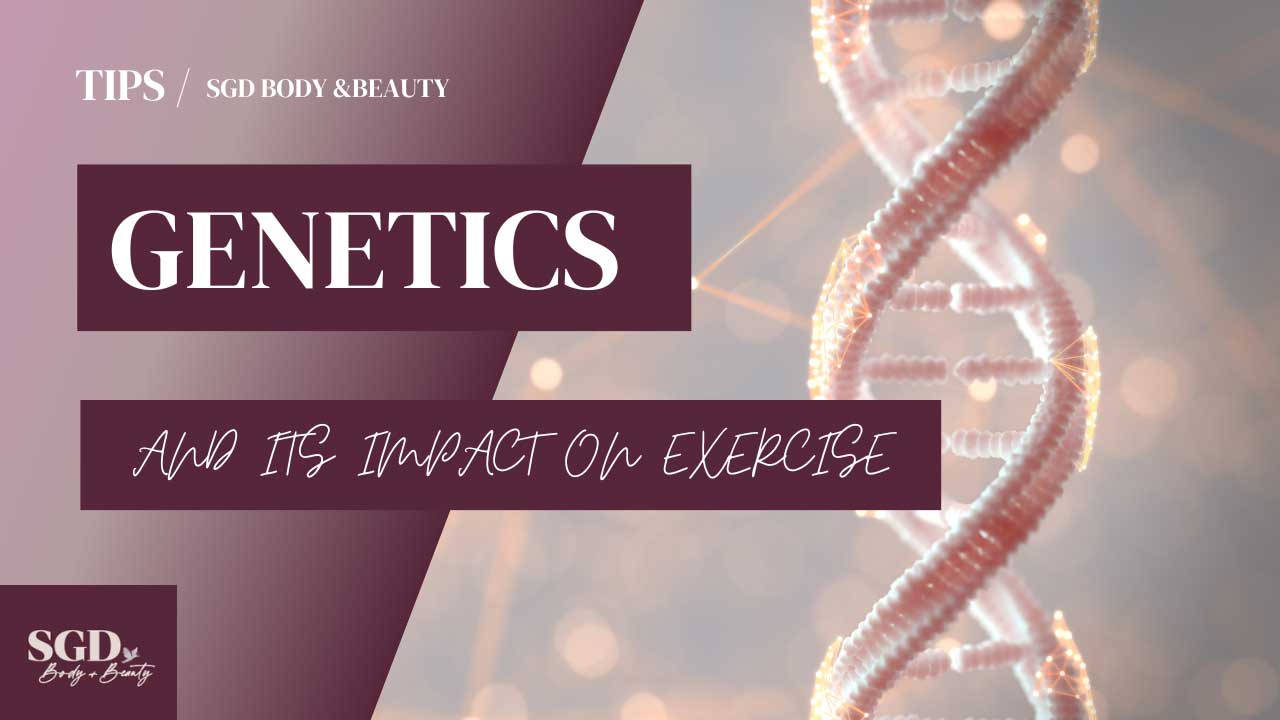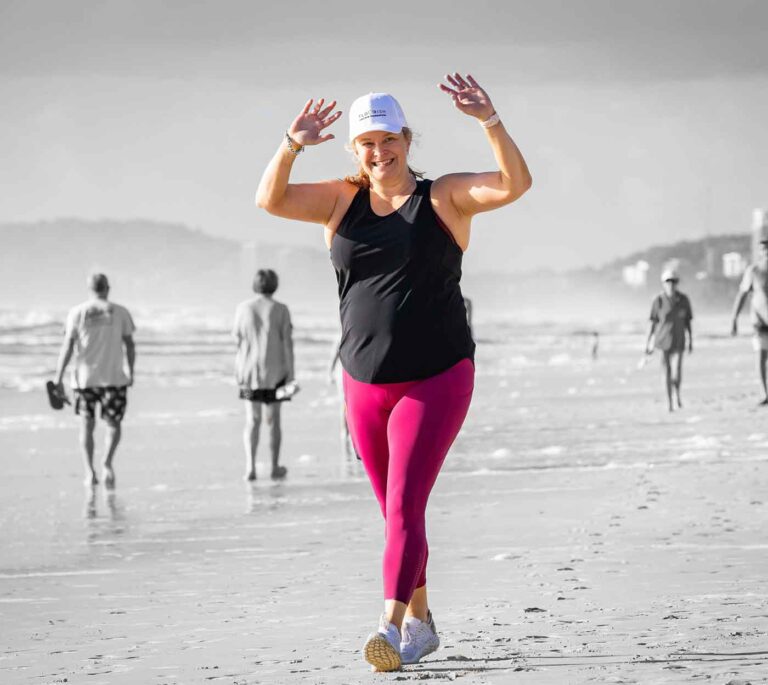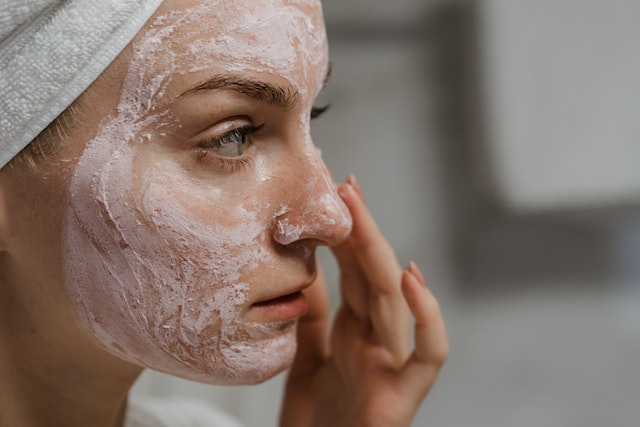
When it comes to physical fitness and athletic performance, it’s no secret that genetics play a significant role. Our unique genetic makeup can influence various aspects of exercise, including our response to training, endurance capacity, muscle composition, and risk of certain injuries. In this blog post, we will explore how genetics affect our exercise abilities and shed light on the fascinating interplay between our genes and physical fitness.
- Genetic Variations and Exercise Performance: Certain genetic variations can influence exercise performance by affecting factors such as muscle fibre type distribution, oxygen utilisation, and energy metabolism. For example, the ACTN3 gene is associated with fast-twitch muscle fibers, which are essential for explosive power and speed. A study published in PLOS ONE found that individuals with a specific variant of the ACTN3 gene (known as the RR genotype) tend to excel in activities requiring short bursts of power, such as sprinting and weightlifting, while those with the XX genotype may have a predisposition for endurance activities like long-distance running.
- Aerobic Capacity and VO2 Max: Aerobic capacity, measured by the maximum volume of oxygen uptake (VO2 max), is a crucial determinant of endurance performance. Genetic factors account for about 50% of the individual differences in VO2 max. Multiple genes contribute to aerobic capacity, including the ACE gene, which regulates the production of an enzyme involved in blood vessel function. Variations in the ACE gene have been associated with differences in VO2 max, with the I allele linked to better aerobic performance in endurance sports.
- Exercise Responsiveness: The way our bodies respond to exercise can also be influenced by our genes. Some individuals may experience greater improvements in fitness and performance in response to exercise compared to others. This variability is partly attributed to genetic factors. A study published in Medicine & Science in Sports & Exercise demonstrated that specific variations in genes related to muscle growth and repair, such as the IGF-1 gene, can influence the extent of muscle strength gains in response to resistance training.
- Injury Susceptibility: Genetic factors can also contribute to our susceptibility to certain exercise-related injuries. For instance, variations in genes involved in collagen synthesis and remodeling, such as the COL5A1 gene, have been associated with an increased risk of tendon and ligament injuries. Understanding these genetic predispositions can help athletes and trainers tailor their training programs and implement injury prevention strategies accordingly.
- Personalised Fitness Approaches: Advancements in genetic testing and research have opened doors to personalised fitness approaches based on individual genetic profiles. Companies now offer genetic testing services that provide insights into an individual’s genetic predispositions related to exercise and athletic performance. By understanding their genetic strengths and weaknesses, individuals can customize their training programs, optimize nutrition, and make informed lifestyle choices to maximize their fitness potential.
Genetics undeniably exert a significant influence on our exercise abilities and performance. While genetics may set certain limits, it’s important to remember that our genes do not dictate our fate in fitness. Regardless of our genetic predispositions, consistent training, proper nutrition, and smart programming can help us achieve our fitness goals. By acknowledging the role of genetics in exercise, we gain a better understanding of our individual capabilities and can make informed decisions to optimize our training and overall well-being.
Don’t forget we’ve also got content like this up on our podcast as well. If you’d like to continue the discussion, we’re available on social media or contact us.
References:
- Bouchard, C. (2012). Genomic predictors of trainability. Experimental Physiology, 97(3), 347-352.
- Lucia, A. et al. (2006). ACTN3 genotype in professional endurance cyclists. International Journal of Sports Medicine, 27(11), 880-884.
- Rankinen, T. et al. (2012). Advances in exercise, fitness, and performance genomics in 2011. Medicine & Science in Sports & Exercise, 44(5), 809-817.
- Ahmetov, I.I. et al. (2016). The ACE gene and endurance performance during the talent identification process in young endurance athletes. European Journal of Applied Physiology, 116(4), 727-737.
- Raleigh, S.M. et al. (2019). The COL5A1 gene, ultra-marathon running performance, and range of motion. International Journal of Sports Physiology and Performance, 14(5), 668-674.
- Papadimitriou, I.D. et al. (2018). The ACTN3 R577X polymorphism across three groups of elite male European athletes. PLOS ONE, 13(1), e0191985.




